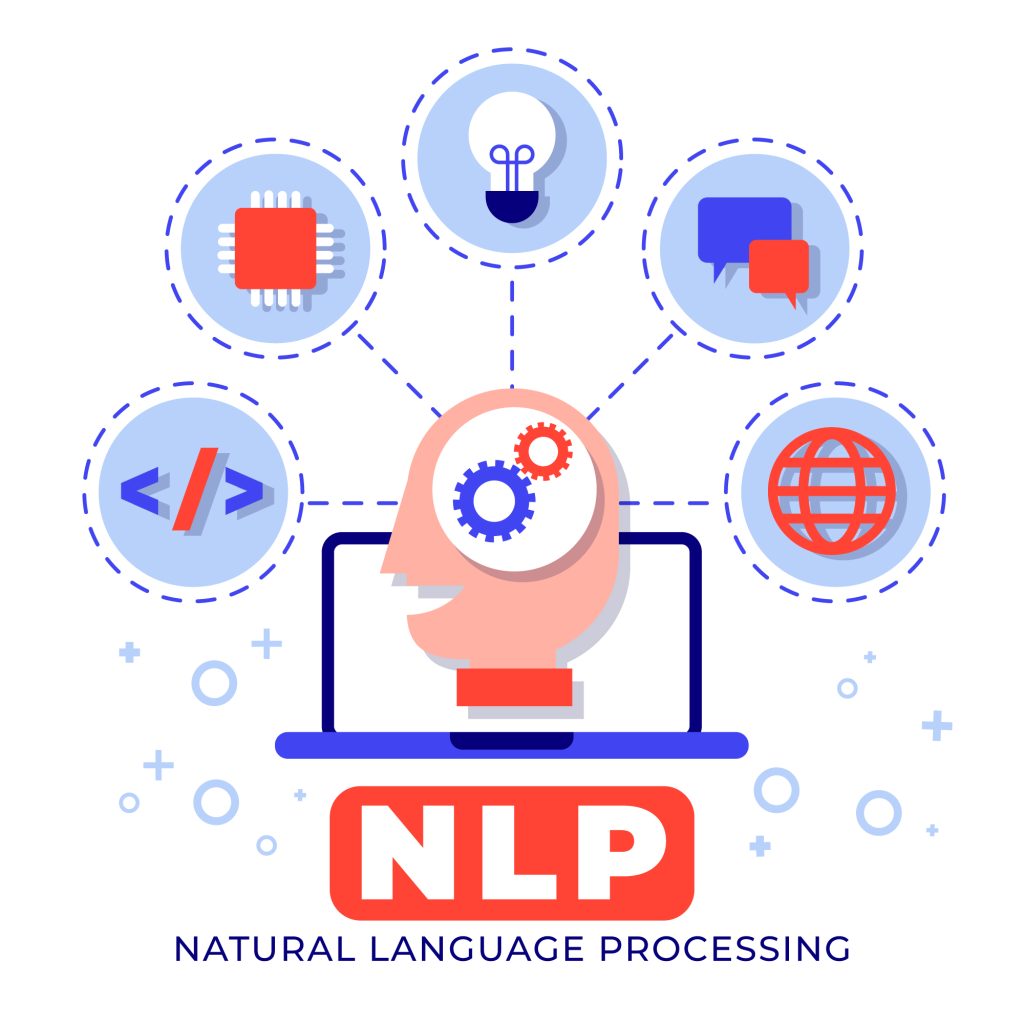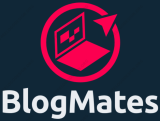Table of Contents
1. Introduction to NLP
Natural Language Processing (NLP) is a field of Artificial Intelligence (AI) that enables computers to understand, interpret, and generate human language. It combines computational linguistics with machine learning and deep learning.
Applications of NLP
- Sentiment Analysis (e.g., detecting positive/negative reviews)
- Machine Translation (Google Translate)
- Chatbots & Virtual Assistants (Alexa, Siri)
- Speech Recognition (Speech-to-text systems)
- Text Summarization (Extractive & Abstractive summarization)
- Named Entity Recognition (NER)
- Spam Detection (Email filtering)
2. NLP Basics
2.1. Tokenization
Tokenization is the process of breaking a text into individual words or sentences.
Example using NLTK (Python library)
import nltk
from nltk.tokenize import word_tokenize, sent_tokenize
text = "NLP is fascinating! It helps machines understand human language."
print(word_tokenize(text)) # Word Tokenization
print(sent_tokenize(text)) # Sentence Tokenization
2.2. Stopword Removal
Stopwords are common words (like “is”, “the”, “and”) that are usually removed in NLP tasks.
from nltk.corpus import stopwords
stop_words = set(stopwords.words("english"))
words = word_tokenize(text)
filtered_words = [word for word in words if word.lower() not in stop_words]
print(filtered_words)2.3. Stemming and Lemmatization
These techniques reduce words to their root form.
Stemming (using PorterStemmer)
from nltk.stem import PorterStemmer
stemmer = PorterStemmer()
print(stemmer.stem("running")) # Output: run
print(stemmer.stem("flies")) # Output: fliLemmatization (using WordNetLemmatizer)
from nltk.stem import WordNetLemmatizer
lemmatizer = WordNetLemmatizer()
print(lemmatizer.lemmatize("running", pos="v")) # Output: run
print(lemmatizer.lemmatize("flies", pos="n")) # Output: fly3. Text Representation Techniques

image credits to freepik
3.1. Bag of Words (BoW)
BoW represents text as a vector of word frequencies.
from sklearn.feature_extraction.text import CountVectorizer
corpus = ["NLP is fun", "I love learning NLP"]
vectorizer = CountVectorizer()
X = vectorizer.fit_transform(corpus)
print(vectorizer.get_feature_names_out()) # Features
print(X.toarray()) # Word frequency matrix3.2. Term Frequency-Inverse Document Frequency (TF-IDF)
TF-IDF assigns weight to words based on their frequency and importance.
from sklearn.feature_extraction.text import TfidfVectorizer
tfidf = TfidfVectorizer()
X = tfidf.fit_transform(corpus)
print(tfidf.get_feature_names_out()) # Features
print(X.toarray()) # TF-IDF values
3.3. Word Embeddings (Word2Vec, GloVe, FastText)
Word embeddings capture semantic meaning.
Word2Vec using Gensim
from gensim.models import Word2Vec
sentences = [["NLP", "is", "fun"], ["I", "love", "learning", "NLP"]]
model = Word2Vec(sentences, vector_size=10, window=2, min_count=1, workers=4)
print(model.wv["NLP"]) # Vector representation of "NLP"
4. NLP Tasks
4.1. Named Entity Recognition (NER)
Identifying entities like names, places, and dates in text.
import spacy
nlp = spacy.load("en_core_web_sm")
text = "Barack Obama was the 44th President of the United States."
doc = nlp(text)
for ent in doc.ents:
print(ent.text, ent.label_)4.2. Sentiment Analysis
Detecting whether text expresses positive or negative sentiment.
from textblob import TextBlob
text = "I love NLP, it's amazing!"
sentiment = TextBlob(text).sentiment
print(sentiment.polarity) # Positive if >0, Negative if <0
4.3. Text Summarization
Extracting key information from large texts.
from sumy.parsers.plaintext import PlaintextParser
from sumy.nlp.tokenizers import Tokenizer
from sumy.summarizers.lsa import LsaSummarizer
text = "NLP is a field of AI that deals with human language. It includes tasks like tokenization, NER, and sentiment analysis."
parser = PlaintextParser.from_string(text, Tokenizer("english"))
summarizer = LsaSummarizer()
summary = summarizer(parser.document, 2)
for sentence in summary:
print(sentence)
4.4. Chatbot Development (Simple Example)
Creating a basic chatbot using ChatterBot.
from chatterbot import ChatBot
from chatterbot.trainers import ChatterBotCorpusTrainer
chatbot = ChatBot("NLP_Bot")
trainer = ChatterBotCorpusTrainer(chatbot)
trainer.train("chatterbot.corpus.english")
response = chatbot.get_response("Hello")
print(response)
5. Advanced NLP with Deep Learning

image credits to freepik
5.1. Recurrent Neural Networks (RNN) & LSTMs
Used for sequence modeling in NLP.
5.2. Transformer Models (BERT, GPT)
- BERT (Bidirectional Encoder Representations from Transformers)
- Used for sentence understanding, question-answering.
- GPT (Generative Pre-trained Transformer)
- Used for text generation (e.g., ChatGPT).
Using Hugging Face Transformers
from transformers import pipeline
classifier = pipeline("sentiment-analysis")
result = classifier("I love NLP!")
print(result)6. NLP Tools and Libraries
- NLTK – Basic NLP tasks (Tokenization, POS tagging, etc.)
- spaCy – Fast NLP processing (NER, Dependency Parsing)
- Gensim – Topic modeling, Word2Vec
- Hugging Face Transformers – Pre-trained models like BERT, GPT
- TextBlob – Simple NLP operations (Sentiment Analysis, POS tagging)
7. Conclusion & Next Steps
- Practice NLP by working on real-world datasets (e.g., movie reviews, Twitter sentiment analysis).
- Experiment with pre-trained models (e.g., BERT, GPT-3).
- Build custom NLP applications (chatbots, search engines).
- Explore NLP competitions on Kaggle.
Would you like a hands-on project tutorial, such as building a sentiment analysis model or chatbot? 🚀




Awesome content. Thanks for sharing such details.